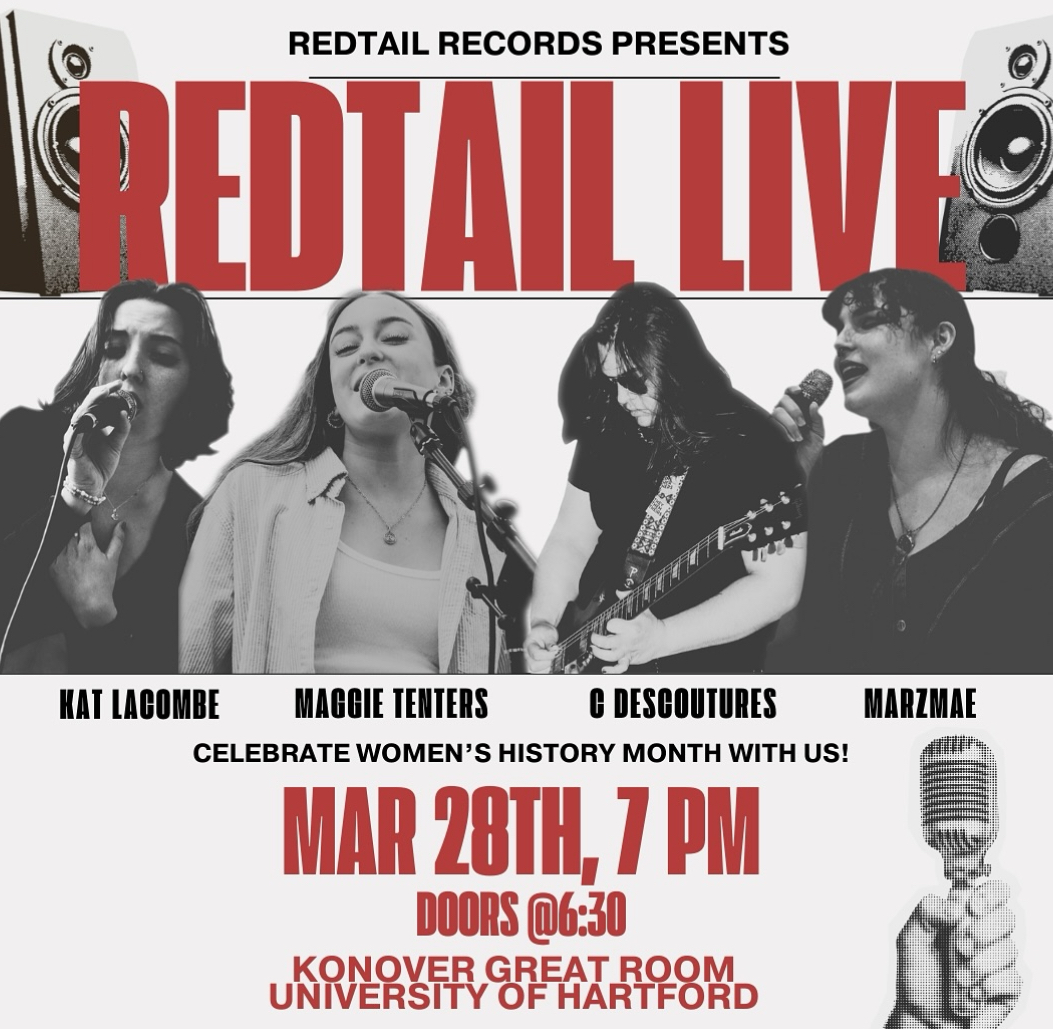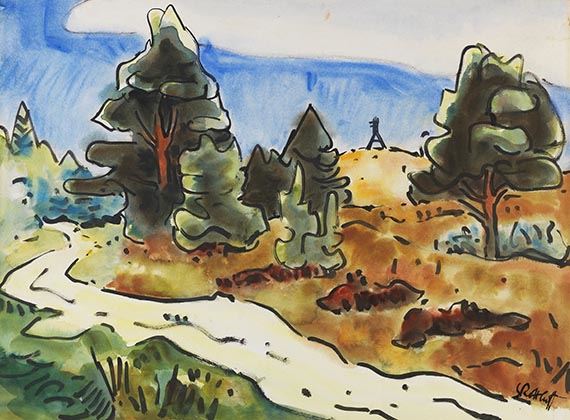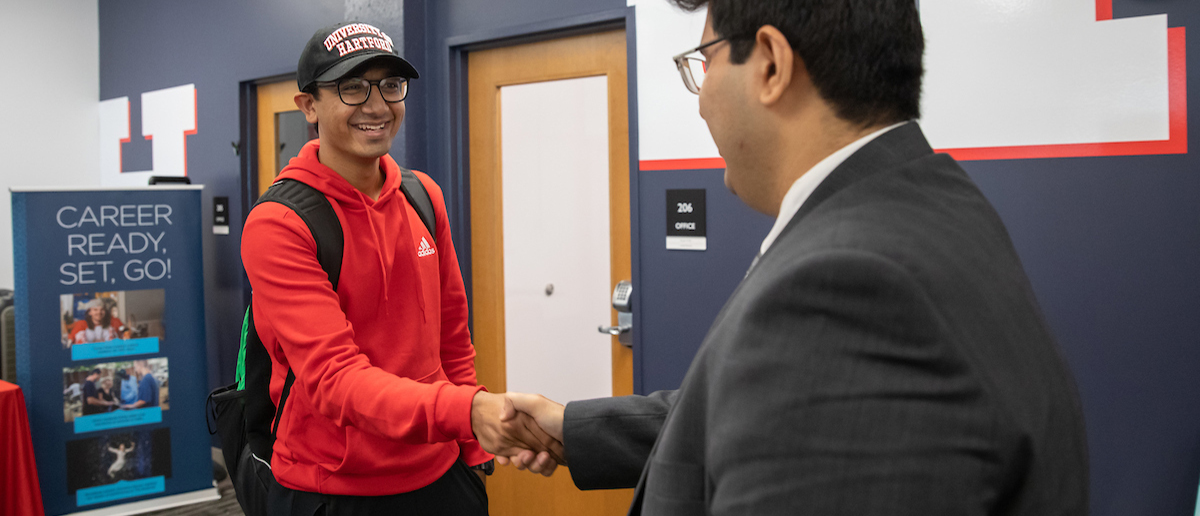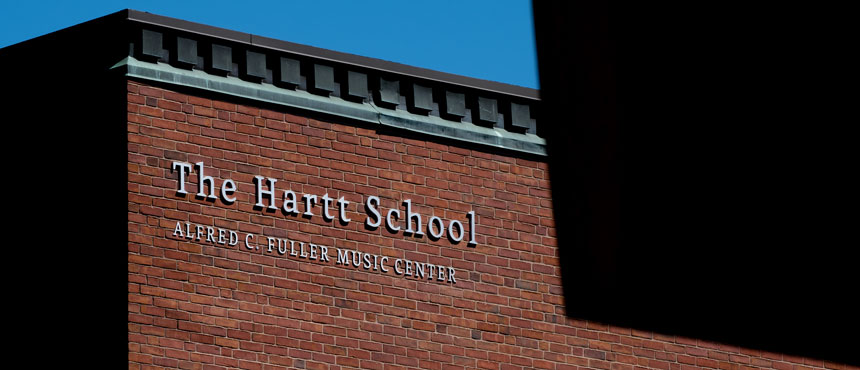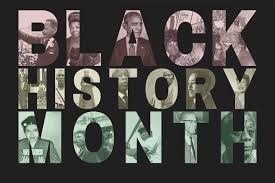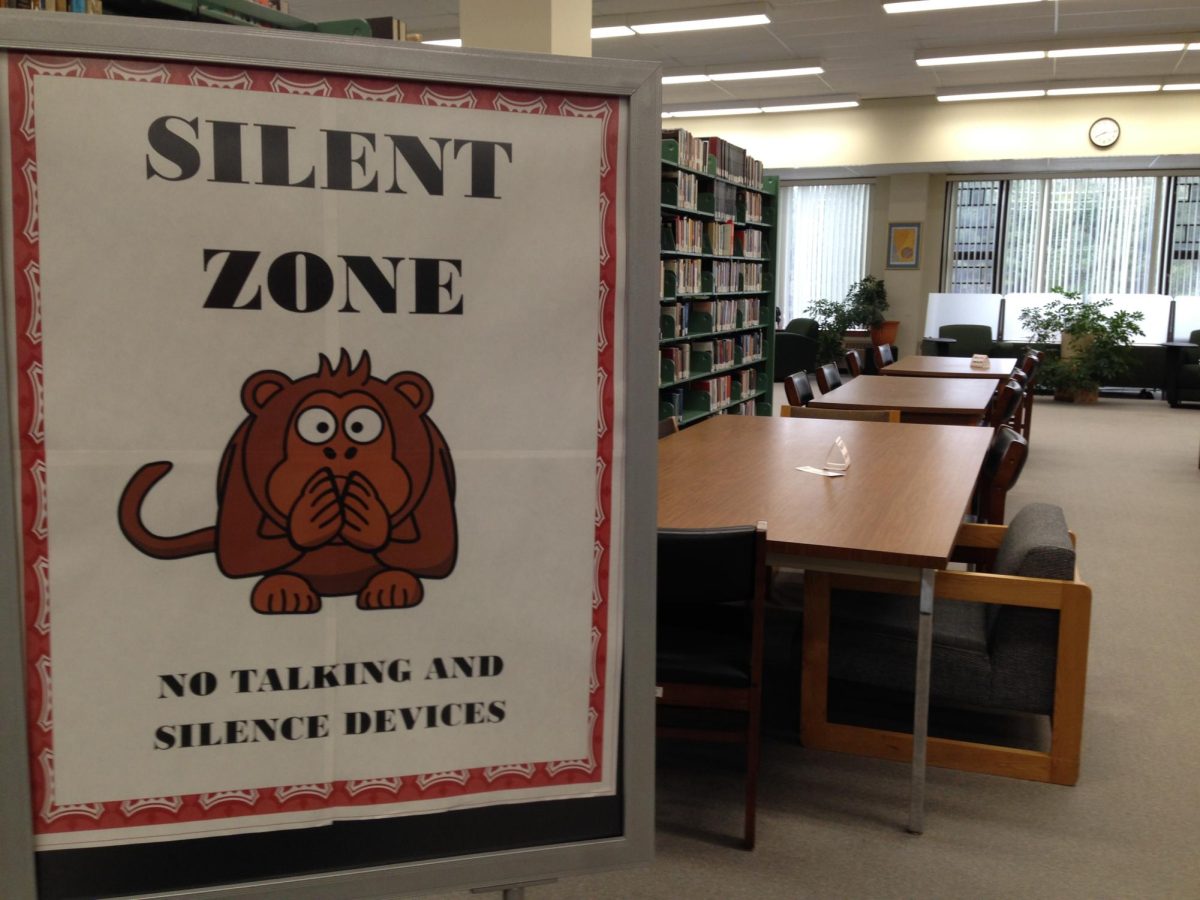This article’s goal is to inform UHart students and faculty about the services provided by Public Safety. It also seeks to share common opinions and concerns about the organization. A questionnaire was shared with students and faculty to report on their experiences and perspectives. Research was also conducted to explore the roles that public safety fills on campus. We will begin with a summary of the public safety department’s responsibilities and goals before sharing the results of our survey.
The University of Hartford’s Department of Public Safety employs 34 staff members and serves the campus 24/7 through patrols, email, and an emergency number. Public safety announces alerts and events to students through a text-based alert system. Officers are stationed at a security checkpoint at the main entrance, as well as in a community office at the rear of B complex.
Patrol cars are a common sight on campus—often parked in areas with foot traffic. Officers are rarely seen patrolling on foot, unless there is an event on campus. Most officers are seen driving around campus roads and parking lots. As our survey results will explore later, this poses some issues. In some instances, students believe their parking violations on campus are enforced unfairly, possibly due to differences in standards between officers. Ticketing disputes, alongside the limited and expensive parking, have soured some students’ perspectives on the officers. Combined with a lack of connection or community that comes from seeing these officers infrequently, some students do not respect or understand public safety’s roles at the university.
However, a more welcoming sight for students travels on paws: Teddy, the campus comfort canine. Two years ago, the Labrador Retriever joined public safety under Officer Micheal Calderon’s care. Now, Teddy attends numerous events and meets with students looking for a calming presence as they travel around campus.
Officer Calderon with Teddy. Taken by the University of Hartford
Public Safety also helps students through external services. One of these is the LiveSafe app, a free mobile app that connects students to officials for emergencies, communications, escorts, and tips. The second is the student EMS program team, where students who are EMT-certified or in training volunteer to respond to medical emergencies on campus.
In order to learn more about Public Safety, the Hartford Informer surveyed UHart students and faculty on their impressions and experiences with the organization. The survey took the form of a questionnaire asking students to share positives and negatives about the organization while sharing some personal experiences. Respondents were asked to score their impressions out of five, and all responses were anonymous.
To start out with the positive, several respondents reported interactions with public safety officers they described as “generally being nice and helpful.” Several respondents shared personal stories about public safety officers offering rides, providing directions, and helping them enter locked dorms and offices. Teddy was also a big hit, as several responses listed him as a positive fixture on campus. Students seem to appreciate his constant presence and the sense of culture and community he has helped create between students and public safety. Another positive impression was Officer Degree’s excited greetings at the entrance to campus. Respondents reported that his smile and personality are “a great start to any day.” From these responses, it is evident that there are many positive interactions between Public Safety and the rest of campus occurring on a daily basis.
However, there are still some areas where respondents felt public safety could improve. When sharing possible improvements, one student remarked that they should be “less active about parking tickets.” That seems like a popular impression, since several responses shared instances where students or faculty were ticketed when they had the proper parking certification. One response described a student receiving a ticket for parking in a handicap spot, even though they had the appropriate parking pass. Situations like this are unacceptable and demonstrate the need to improve ticketing protocols. Aside from the parking issues, some students reported rude encounters with public safety officers. However, it seems that negative interactions are not as common as positive ones, since several respondents did not have any negative experiences to share. The only other recommendation was to further integrate public safety into the larger campus community and make their roles clearer to students.
The respondents to the survey gave their general interactions with public safety an average rating of 4.14 out of 5. Of these respondents, 42.9% gave a score of five, 35.7% gave a score of four, 14.3% gave a score of three, and 7.1% gave a score of two. No respondents gave a score of one. The average of these ratings reflects the long-form responses of the survey quite accurately. Most students seem to have a generally positive impression of public safety, but there are still occasional negative interactions. Overall, the most common complaints were related to parking and ticketing protocols, not personal interactions with public safety officers. Hopefully, Public Safety continues to improve upon its solid foundation into the future. Solving ticket disputes and avoiding negative interactions with students will go a long way towards bolstering their reputation in the eyes of students and faculty.
Feel free to share your opinions and experiences in the comments. The Hartford Informer would love to report on them in a later issue.

